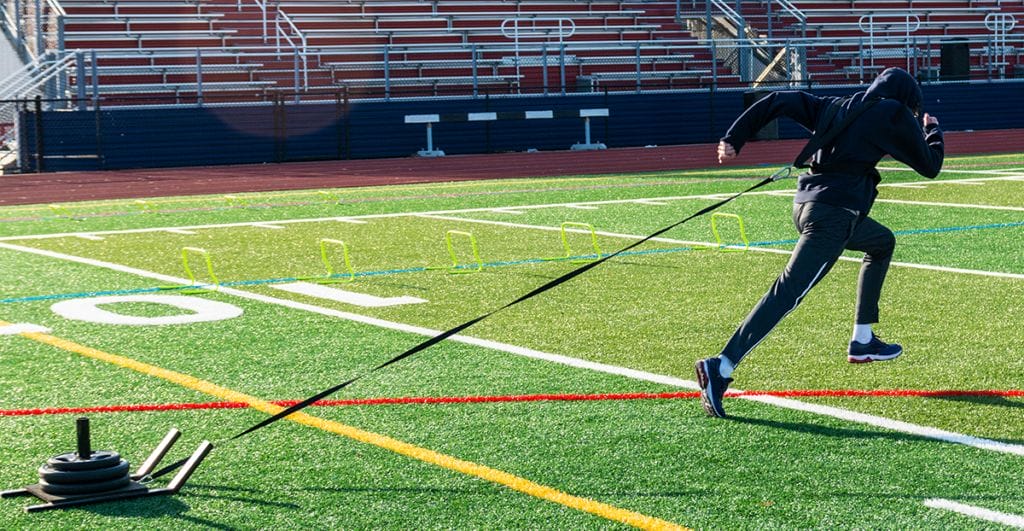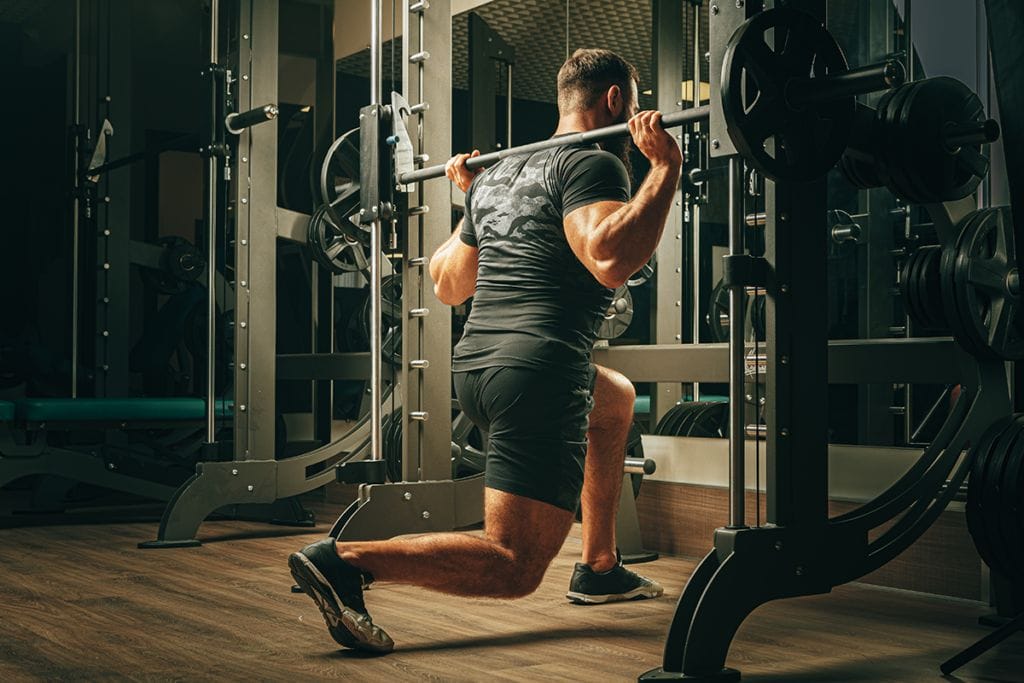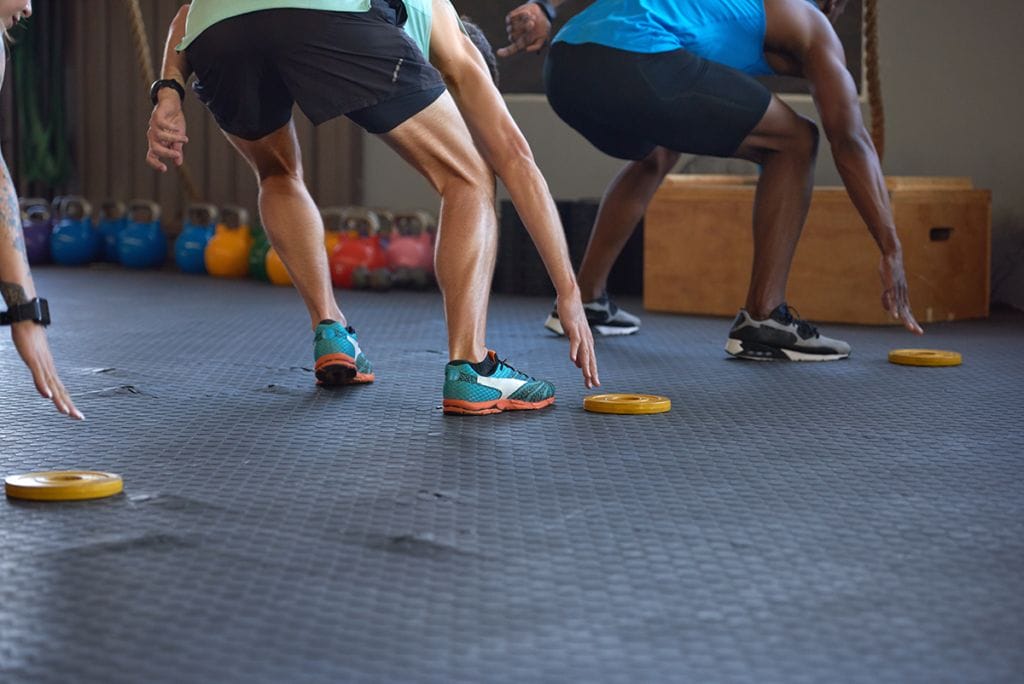In certain cases, training athletes in the past has taken a one-size-fits-all approach, especially in regards to group settings. Even today, this occurs with many high school programs. However, in light of what has been realized to achieve high performance, coaches have learned that sport-specific, individualized and small-group training will always provide the best results.
Let’s look at why.
Sport Specific Movement
Executing your basic lifts: squat, deadlift, and in most cases the hang clean. This approach focuses on more of a conditioning approach but is it best for sports-specific movements that will occur in individual sports?
Most likely helpful from an energy system point of view, in which there are four:
- Aerobic
- PC (PC is phosphocreatine)
- Adenosine Triphosphate (ATP)
- Anaerobic Glycolysis (lactic acid) System
All four of these energy systems can be utilized for speed training.
Utilizing Energy Systems
The energy systems are important. For example, marathon runners work within the aerobic system. So training in this system would be most beneficial for maximizing results. For gymnasts, they have well-developed anaerobic systems because this system lasts for about 1.5 to 3 minutes to adhere to the 2-4 minute floor routines.
Tuning Speed Training
What is also important is really fine-tuning a program around an individual athlete’s needs. Not just in their sport from an energy production point of view, but from a lack of efficiency point of view.
If jumping is a big requirement in the sport then working on ankle stiffness and mobility is key for jumping higher.
Designing a program around someone’s individual needs is most important when trying to climb any athletic ladder.
Baseball players have a high demand for rotational power so they should be training to become rotational athletes. Med ball throws or all things that simulate swinging a bat will benefit a baseball player, coupled with things that individual athletes may need to help rotational power increase.
Combining Speed, Strength, & Movement
If an athlete has poor glute activation, that needs to be addressed to help get more out of the rotation. Having a trainer who understands biomechanics, won’t compromise an approach, and really delves under the hood to see what makes the body tick is going to be best for getting any athlete ready for their Individual sport.
We have all seen that one video of a gold medal Olympic powerlifter swinging a bat like he just discovered a new way to move his body. That is putting it nicely, but in layman’s terms, an incredibly bad swing. So power is only good if you can equate it to the ebb and flow of how your body should be moving.
Find a trainer who is willing to go the extra mile and design a program that fits all of the athletes’ individual needs.



